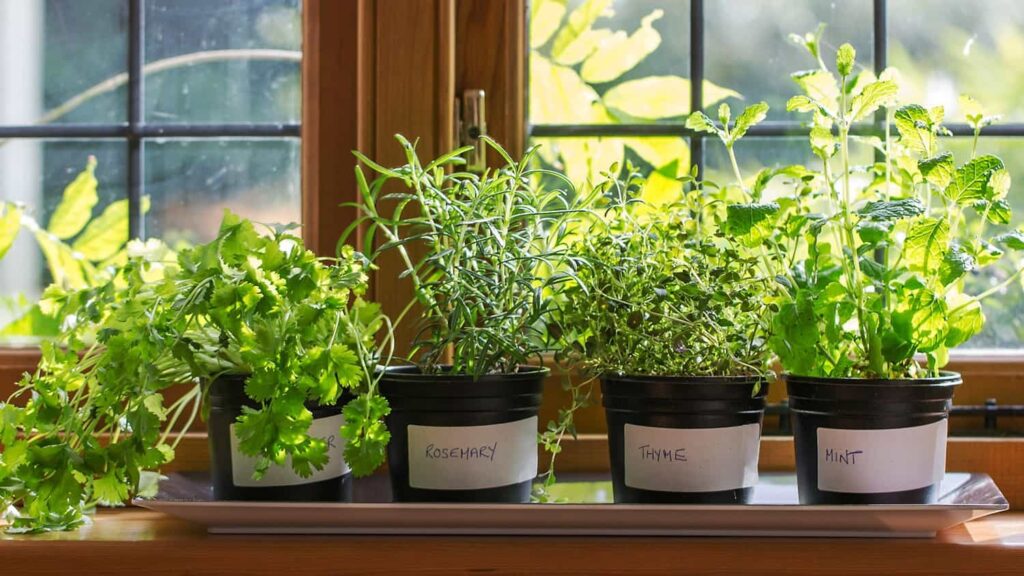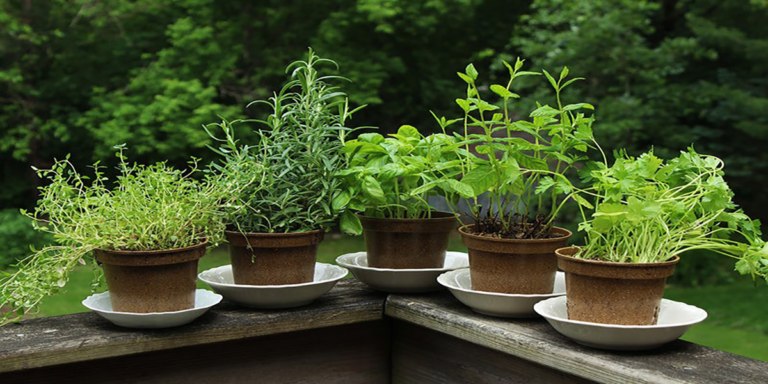
Homegrown Goodness: Simple Tips for Growing Fresh Herbs
Kitchen gardening is a fantastic way to bring fresh flavors into your home while adding a touch of greenery to your space. Growing herbs is one of the most rewarding and easiest ways to start your kitchen garden, whether you have a spacious backyard or a small windowsill. Here’s everything you need to know about growing herbs successfully in your kitchen garden.
Why Grow Herbs in a Kitchen Garden?
Fresh and Flavorful – Homegrown herbs enhance the taste of your meals with their rich aroma and fresh flavor.
Cost-Effective – Growing your own herbs is far more affordable than purchasing them repeatedly from stores.
Convenient – Having herbs within arm’s reach saves time and effort while cooking.
Aesthetic Appeal – A mini herb garden can be a beautiful addition to your kitchen decor.
Health Benefits – Fresh herbs contain essential nutrients and antioxidants that contribute to a healthier lifestyle.
Best Herbs to Grow in a Kitchen Garden
If you’re new to herb gardening, start with these easy-to-grow herbs:
Basil – Perfect for Italian dishes, pesto, and salads.
Mint – Great for teas, desserts, and refreshing drinks.
Cilantro (Coriander) – A must-have for Asian and Mexican cuisine.
Parsley – Adds freshness to soups, sauces, and garnishes.
Rosemary – Ideal for roasted meats and vegetables.
Thyme – Pairs well with poultry, seafood, and stews.
Chives – A mild onion-like flavor perfect for salads and dips.
Steps to Grow Herbs in Your Kitchen Garden
1. Choosing the Right Location
Herbs need at least 4-6 hours of sunlight daily. Place them on a sunny windowsill, balcony, or outdoor space with ample light. If natural light is limited, consider using grow lights.
2. Selecting the Right Containers
Use pots with drainage holes to prevent waterlogging. Choose the right-sized containers based on the growth requirements of each herb. Hanging planters and vertical gardens are excellent space-saving solutions.
3. Using Quality Soil and Fertilizers
Herbs thrive in well-draining, nutrient-rich soil. Use organic potting mix with added compost for better growth. Fertilize once a month with organic compost or liquid fertilizer.
4. Watering and Maintenance
Water herbs regularly but avoid overwatering. Herbs like basil and mint need more moisture, while rosemary and thyme prefer drier soil. Prune regularly to encourage new growth and prevent legginess.
5. Harvesting for Continuous Growth
Pick herbs frequently to encourage bushier growth. Always trim herbs above a leaf node to promote regrowth.
Common Problems and Solutions
Overwatering – Yellow leaves indicate excessive watering. Let the soil dry before watering again.
Pests – Aphids and spider mites can be controlled with neem oil or insecticidal soap.
Leggy Growth – Insufficient light causes herbs to become leggy. Relocate them to a sunnier spot
Growing herbs in your kitchen garden is a simple and fulfilling experience that brings fresh flavors, aesthetic charm, and health benefits to your home. Whether you’re a seasoned gardener or a beginner, herbs are a great way to enjoy gardening indoors. Start with a few easy-to-grow herbs and watch your kitchen garden thrive!
Do herb plants purify air?
Yes, many herb plants like basil, mint, rosemary, and lavender can help purify the air to some extent. While they’re not as powerful as larger houseplants, they still release oxygen and can absorb some pollutants. Plus, they add fragrance, repel pests, and are useful in cooking, making them a great indoor choice.
What are the 7 herbs?
Here are 7 popular herbs commonly grown indoors:
Basil – Great for cooking, especially in Italian dishes.
Mint – Refreshing and aromatic, perfect for teas and desserts.
Parsley – A versatile garnish and rich in vitamins.
Thyme – Ideal for soups, stews, and meat dishes.
Rosemary – Fragrant and flavorful, often used in roasts.
Oregano – A staple in Mediterranean and Mexican cuisine.
Chives – Mild onion flavor, great for salads and omelets.
What is the king of all herbs?
Basil is often referred to as the “king of all herbs” due to its rich flavor, versatility in cooking, and medicinal properties. It’s a staple in many global cuisines, especially Italian and Southeast Asian. Beyond taste, basil also offers anti-inflammatory and antioxidant benefits.

